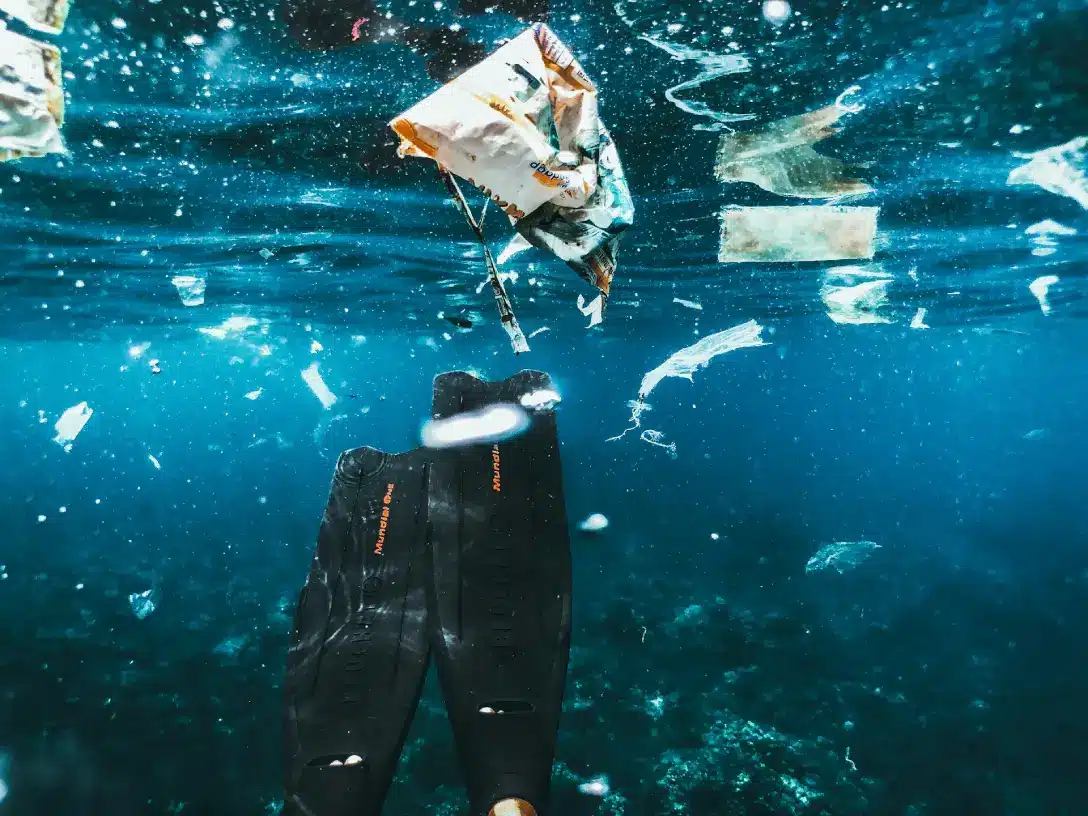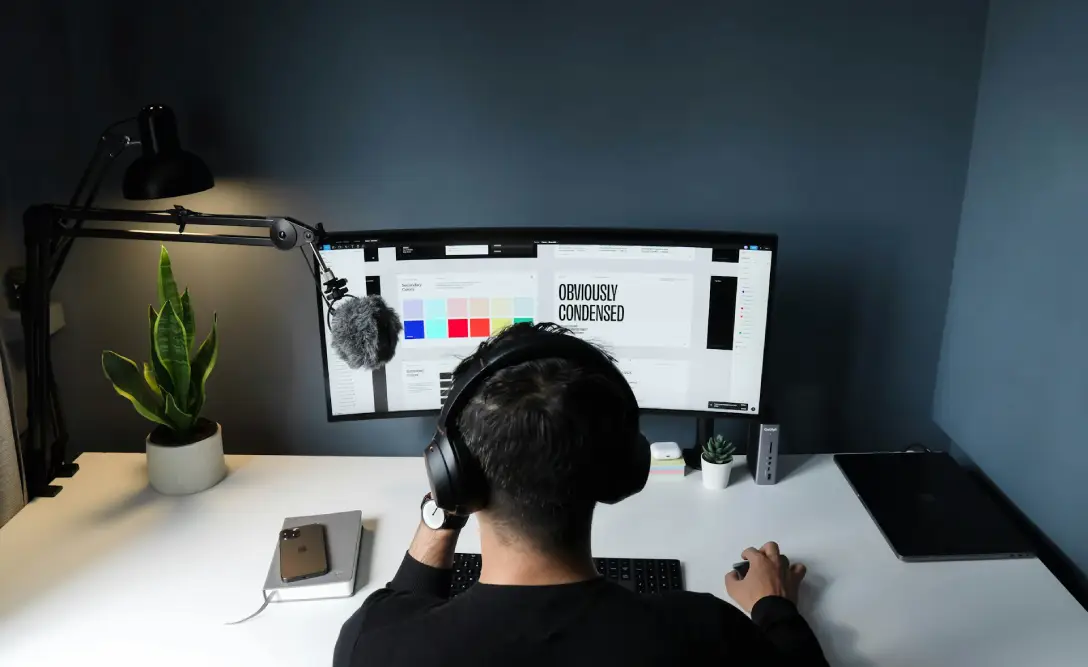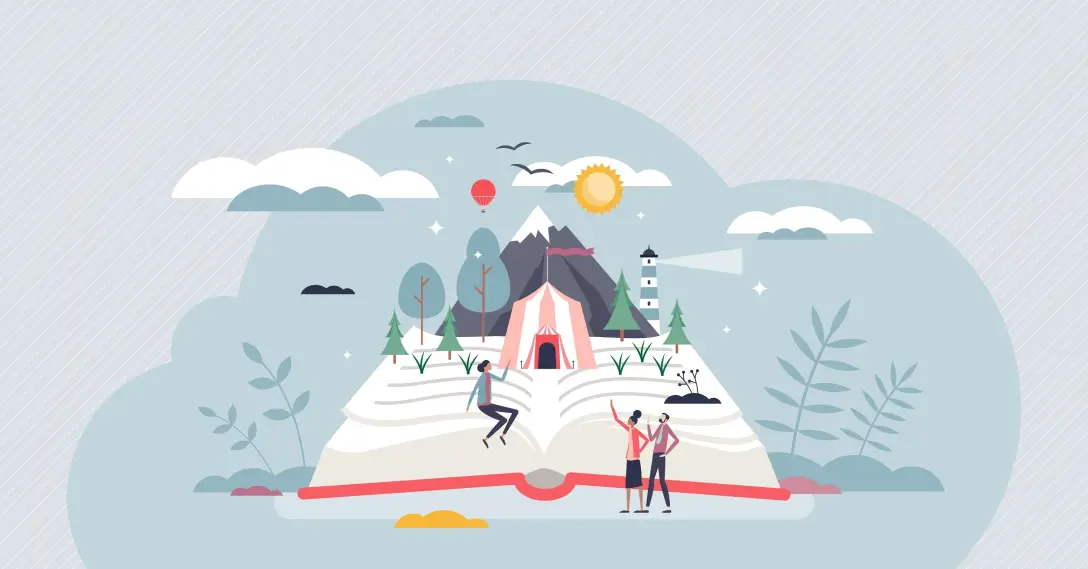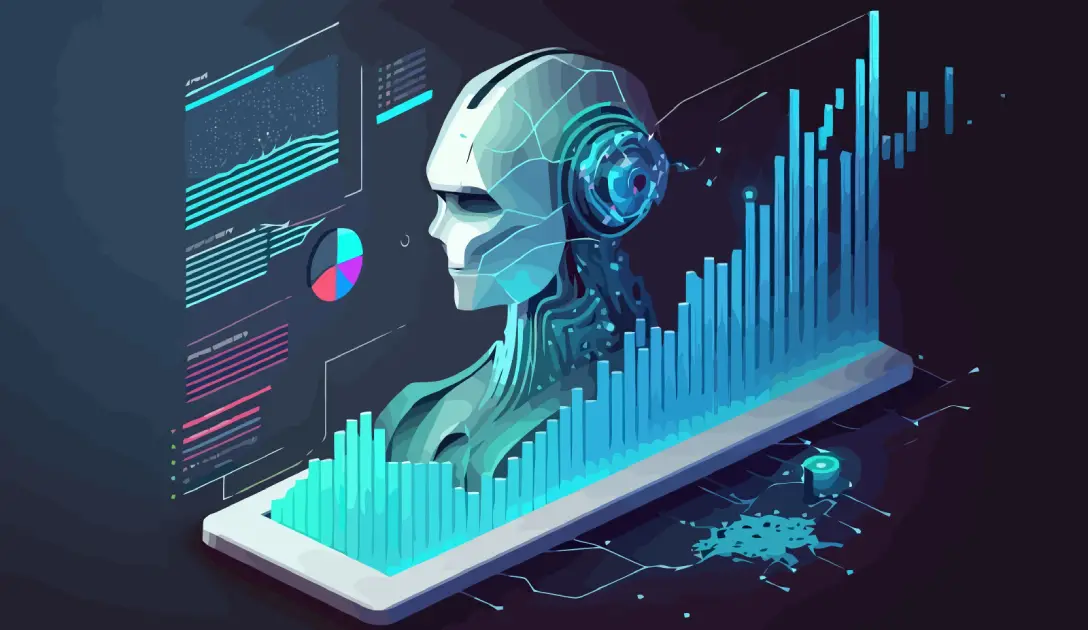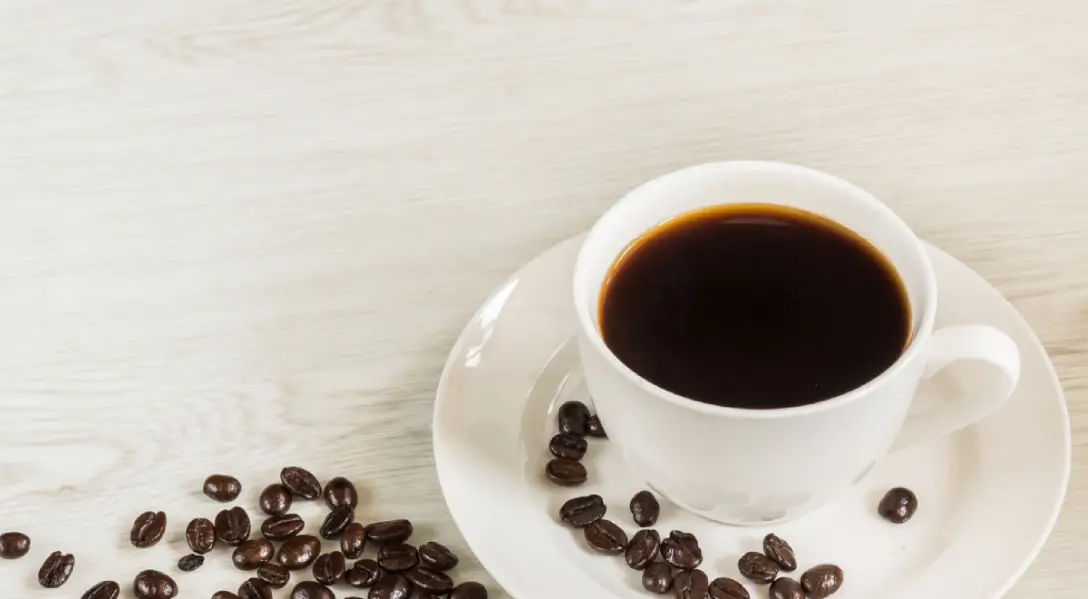Our oceans face an invisible but growing threat: microplastics. These tiny plastic particles, less than 5mm in size, have infiltrated global marine environments. From the smallest plankton to the largest whales, marine life is exposed to these pollutants, leading to stunted growth, reproductive issues, and even starvation as microplastics block digestive tracts. The impact is profound, affecting the delicate balance of marine ecosystems that sustain life on Earth.
What Are Microplastics?
Microplastics are either primary or secondary.
Primary microplastics are small, found in personal care products like scrubs, toothpaste, and cosmetics as exfoliants. They also include plastic pellets used in plastic manufacturing, which can accidentally spill into the environment. Once in the ocean, these particles are impossible to remove and can last for hundreds of years.
Secondary microplastics form when large plastic items—like bags, bottles, and fishing gear—break down due to UV rays, weathering, and physical abrasion. Tiny fibres from synthetic clothing also contribute to this pollution. These fragments persist in the environment, accumulating in sediments and marine life.
How Microplastics Harm Marine Life
- Ingestion and Bioaccumulation:
Marine animals often mistake microplastics for food. Filter feeders like mussels and oysters ingest them while filtering water for plankton. Large predators consume these contaminated creatures, causing microplastics to accumulate in their bodies—a process known as bioaccumulation. This can lead to digestive blockages, malnutrition, and even death.
Microplastics can also carry harmful chemicals like persistent organic pollutants (POPs). When ingested, these toxins enter the food chain, affecting reproductive health and development in marine species. - Physical Damage and Entanglement:
Beyond ingestion, microplastics can cause internal injuries and blockages, leading to inflammation and impaired digestion. Small organisms like zooplankton can become entangled in microplastic debris, restricting their movement and making them vulnerable to predators. This disrupts survival rates and impacts population dynamics. - Disrupting Ecosystems:
Microplastics do not just harm individual species—they can disrupt entire ecosystems. They alter the chemical properties of water and sediments, affecting microorganisms and plankton that form the base of the marine food web. This ripple effect can impact fish populations, coral reefs, and other marine habitats.
What Is Being Done to Tackle Microplastic Pollution?
Governments and industries are beginning to act. The Microbead-Free Waters Act in the U.S. banned plastic microbeads in personal care products, and the EU introduced a ban on intentionally added microplastics in cosmetics and detergents.
Many companies are also stepping up, switching to natural, biodegradable ingredients, and reducing microplastic use in their products. The United Nations Environment Programme (UNEP) launched the Clean Seas campaign, rallying governments, businesses, and individuals to fight plastic pollution.
Innovative Solutions:
Scientists are exploring ways to remove microplastics from water using technologies like magnetic nanoparticles and advanced filtration systems. While promising, these methods are still in development stages and need broader application.
How Can You Help?
- Reduce Plastic Use:
- Say no to single-use plastics like straws, bags, and bottles.
- Choose products with natural ingredients and eco-friendly packaging.
- Opt for reusable items whenever possible.
- Proper Waste Disposal:
- Recycle plastic waste properly to prevent it from reaching waterways.
- Participate in beach clean-ups to remove plastic litter from coastal areas.
- Raise Awareness:
- Talk about microplastic pollution with friends, family, and your community.
- Support organizations working to protect marine life.
- Make Sustainable Choices:
- Support brands that prioritize sustainability and use eco-friendly materials.
- Consider products made from natural fibres to reduce microfiber pollution.
- Every small action counts. When millions of people make mindful choices, the collective impact can be significant.
The Road Ahead
Microplastic pollution is a growing crisis, but it is not too late to be effective. While governments, industries, and scientists play vital roles, we all have a part to play. By reducing plastic consumption, supporting policy changes, and raising awareness, we can help protect our oceans and the incredible life they support.
Our oceans are more than just vast bodies of water—they are the lifeblood of our planet. It is time to work together to turn the tide on microplastic pollution and ensure a healthier future for marine life and ourselves.

